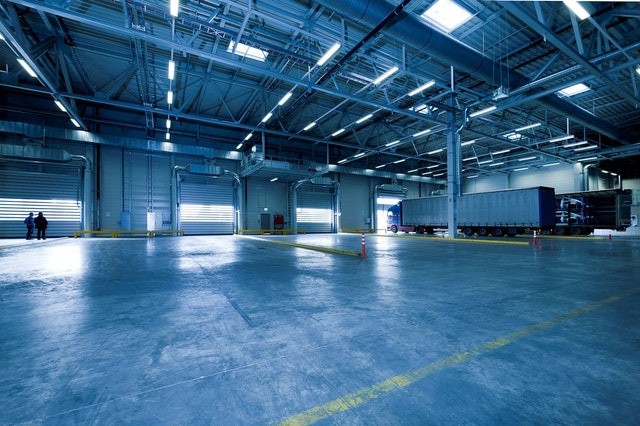
The commercial real estate sector continues to feel the coronavirus pandemic's effects with the hotel and retail property market suffering the most.
According to the latest NAR report, office sales volume, for properties with a value of $2.5 million or over, dropped 82 percent in May or $2.3 billion as transactions fell from 579 to 112 deals from the same period one year ago. Despite the decline in volume, prices remained stable at an average price per square foot of $308 in May; the average was $288 in March.
There is a growing trend of shifting sales to suburban office markets as the CBD share of office sales declined to 36 percent from 38 percent in 2018. Save for Charlotte and Boston. More than 50 percent of property sales--$2.5 million or more--from January to May were in the suburbs.
Retail property sales, with a value of $2.5 million or more, also dropped by 83 percent to $1 billion as sales deals declined to 106 in May from 619 a year ago. However, the average per square foot went up by four percent from one year ago to $264 in May.
Industrial property sales valued $2.5 million or over have declined by 70 percent in May as deals dropped to 165 from 680 compared to one year ago. However, the year-to-date volume is up 28 percent at $39.1 billion.
The average per square foot dropped five percent since February but rose six percent from a year ago. There are indications that the shift towards e-commerce may become permanent as non-store retail saw increased sales of 9.5 percent in April and 9 percent in May.

Sales of apartment buildings valued at $2.5 million or over dropped by 81 percent in May to $3.1 billion from a year ago. Sales deals dipped to 176 from 768 one year ago. In May, the average price also dropped by seven percent from February to $177,842, although it is still six percent higher from one year ago.
Construction of multi-family homes picked up in May with value in place rising to a modest two percent from April. Housing starts for multi-family homes also increased by 15 percent to a seasonally adjusted rate of 299,000 units.
Nationally, the rental vacancy rate in Q1 of 2020 was at 6.6 percent resulting in rent growth outpacing inflation, the report noted. Although in May, rent growth slowed down to 2.5 percent from 3.3 percent in February as the annual inflation rate fell to 0.1.
Key to the multi-family market survival is the renters' ability to pay their rent. The NAR report cited the US Census Bureau's Household Pulse Survey, which revealed that about 18 to 20 percent of adults aged 18 and renting a house have not paid or opted to defer their rent payments in the past month.
The most affected are landlords in the Class B/C sector, where 80 percent had a household income of not exceeding $50,000 had at least one in five are not paying or deferring their rent.
Meanwhile, of those with a household income of at least $100,000, five percent do not pay or defer their rent. Moreover, Nareit has reported that REITS received 97.5 percent of the typical rent in June, improving from 89.9 percent recorded in April.
In the meantime, the state unemployment benefit and the $600 per week benefit help those who lost their job due to the pandemic pay their rent or mortgage. The $600 weekly benefit expires on July 31, 2020.
READ NEXT: 61% of Americans Believe Now Is a Good Time to Buy a Home
© 2025 Realty Today All rights reserved. Do not reproduce without permission.



